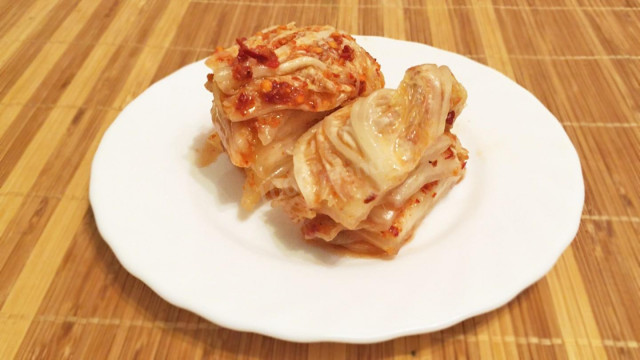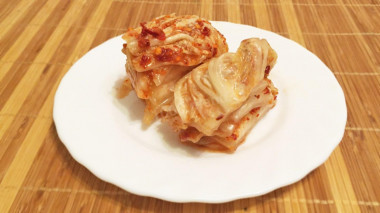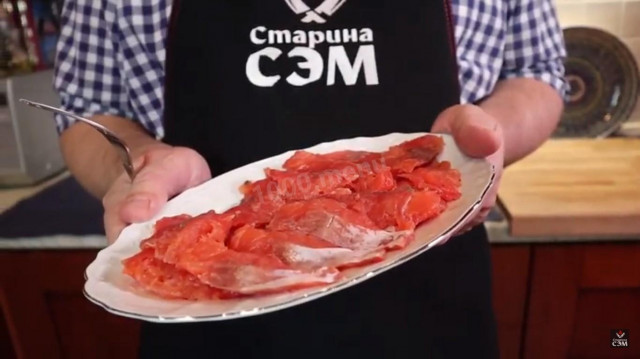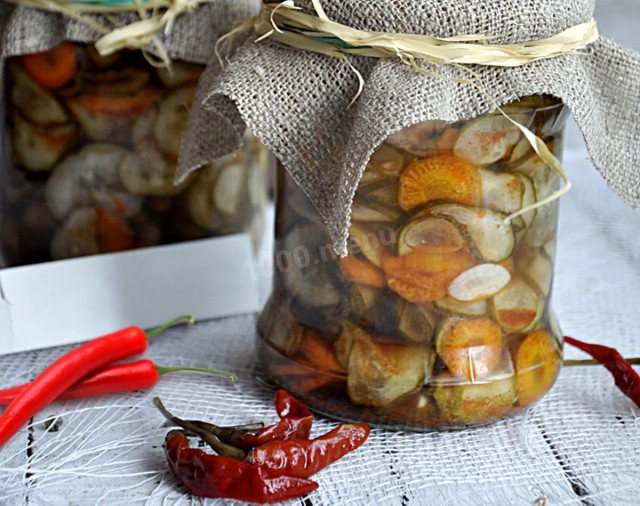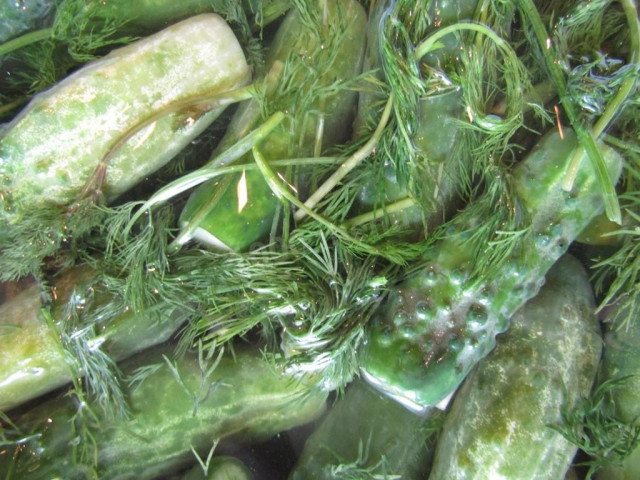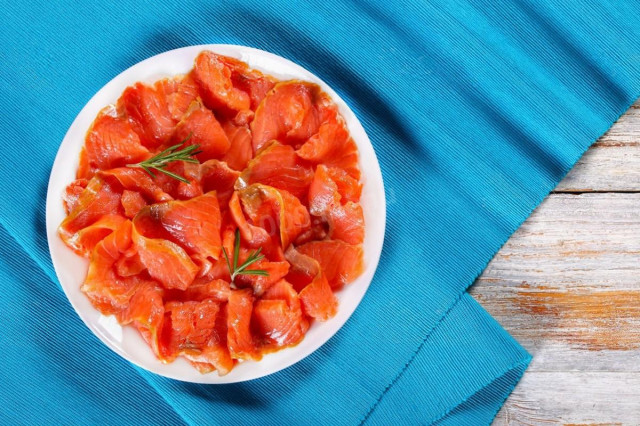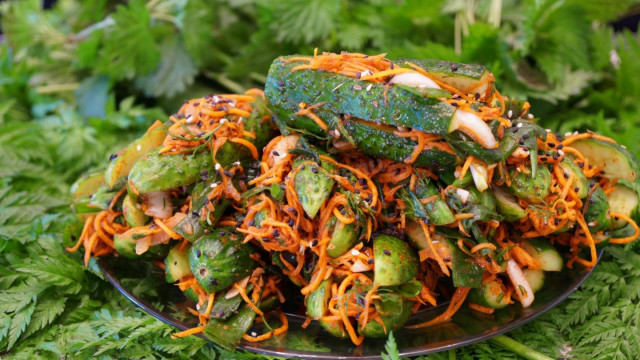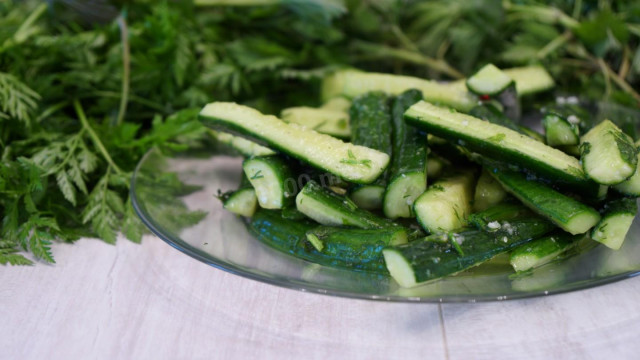Composition / ingredients
Cooking method
Cut the cabbage into 4 pieces. Rinse in cold water. Then let the excess water drain.
Sprinkle each leaf with salt. Leave the cabbage for 2-3 hours, turning it over every 30 minutes.
Pour rice flour into a saucepan with cold water, mix.
Put on fire, stirring constantly bring to a boil, add sugar, stir, remove from heat, let cool.
Cut daikon, carrots into thin strips, chop green onions coarsely.
Chop onion and ginger coarsely. In a blender, chop onion, ginger, garlic.
Add fish sauce, red pepper, vegetables to the rice "jelly", mix well.
Rinse the salted cabbage well in cold water to get rid of excess salt, let the excess water drain.
Spread each kimchi leaf with paste, put the cabbage in a container. Leave at room temperature for 24 hours, then put in the refrigerator for 2-3 days.
Kimchi is a dish of Korean cuisine, which is sharply seasoned sauerkraut (fermented) vegetables, primarily Peking cabbage.
In general, these are sauerkraut or cruciferous leaves seasoned with red pepper, green onion and onion juice, garlic and ginger. Most often it is Peking cabbage, sometimes with slices of radish, but sometimes kohlrabi, radish, loba leaves are used instead, as well as cucumbers, eggplants and other vegetables.
In Korea, kimchi is considered the main dish. Koreans believe that daily consumption of kimchi contributes to the resorption of fat deposits, that is, they consider this dish dietary. It is also believed that spicy kimchi is a good anti—cold remedy. Kimchi (as well as other pickles and pickles obtained at the same time) is considered an effective remedy for a hangover.
There are many varieties of kimchi that differ not only in the cooking method, but also in the ingredients used, such as vegetables and seasonings. The most common is kimchi, prepared from Peking cabbage, but there are a large number of regional and seasonal varieties. The most popular varieties include kkaktugi, which is made from diced radish, pha-kimchi, made from green onions, cheongak-kimchi and oisobagi, made from cucumbers with spicy seasonings. Kat-kimchi, buchu-kimchi, kkennip-kimchi and other varieties are also popular.
Caloric content of the products possible in the composition of the dish
- Onion - 41 kcal/100g
- Carrots - 33 kcal/100g
- Dried carrots - 275 kcal/100g
- Boiled carrots - 25 kcal/100g
- Garlic - 143 kcal/100g
- Ginger - 80 kcal/100g
- Dry ginger - 347 kcal/100g
- Pickled ginger - 51 kcal/100g
- Granulated sugar - 398 kcal/100g
- Sugar - 398 kcal/100g
- Daikon - 21 kcal/100g
- Chinese cabbage - 16 kcal/100g
- Salt - 0 kcal/100g
- Water - 0 kcal/100g
- Ground red pepper - 318 kcal/100g
- Rice flour - 356 kcal/100g

